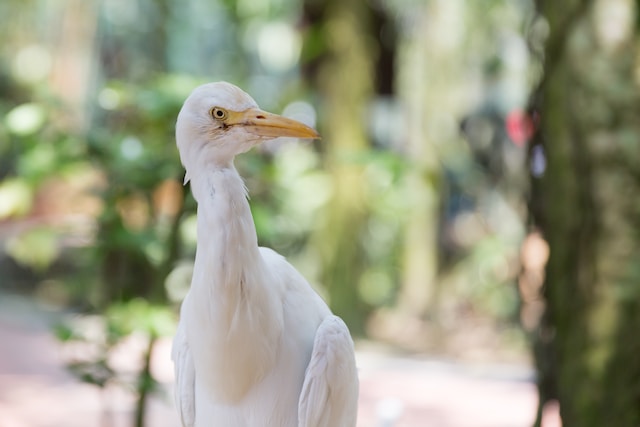Doves, with their gentle nature and graceful flight, have captured our imagination for centuries. These remarkable birds not only enchant us with their beauty but also fascinate us with their dietary preferences and resourcefulness in finding food. In this article, we delve into the diet of doves, exploring what they eat and the ingenious techniques they employ to locate their meals.
- Seeds and Grains:
Seeds and grains form the backbone of a dove’s diet. Doves have a specialized digestive system that allows them to efficiently process these food sources. They consume a wide variety of seeds and grains, including those from grasses, flowers, and agricultural crops. Sunflower seeds, millet, corn, and wheat are among their favored delicacies. Doves forage on the ground or perch on plants to pluck and consume these small, nutrient-rich morsels.
- Fruits and Berries:
Doves also have a penchant for fruits and berries, especially when they are in season. They feast on juicy treats such as berries, cherries, grapes, and figs, relishing the natural sweetness and hydrating properties of these fruits. Their ability to spot ripe fruits and berries amidst foliage is a testament to their keen eyesight and resourcefulness in locating food sources.
- Insects and Invertebrates:
While seeds and fruits dominate their diet, doves are not averse to a protein-rich meal. Insects and invertebrates, such as beetles, ants, and snails, serve as an occasional supplement to their primarily vegetarian diet. Doves may be observed foraging on the ground, probing the soil and leaf litter, or perching on branches to catch insects in mid-air.
- Water Sources:
Water plays a vital role in a dove’s diet, as they rely on it for hydration and digestion. Doves are adept at finding water sources, be it natural bodies of water, birdbaths, or even rain puddles. They are often seen perching near water sources, taking small sips to replenish their fluids.
- Foraging Techniques:
Doves employ several techniques to locate and acquire their meals. Their keen eyesight helps them identify food sources from a distance. They scan the ground, vegetation, and even tree branches for potential food items. When foraging on the ground, doves walk in a distinctive bobbing motion, pecking at the soil to uncover hidden seeds and insects.
Conclusion:
The diet of doves is a testament to their adaptability and resourcefulness in finding sustenance in diverse environments. From seeds and grains to fruits and occasional insects, these birds exhibit a versatile palate that supports their nutritional needs.
As we observe doves in their quest for food, we gain a deeper appreciation for the interconnectedness of nature and the delicate balance that sustains life. The dietary preferences and foraging techniques of doves remind us of the diversity and resilience of avian species.
So, the next time you encounter a dove perched on a tree branch or gracefully foraging on the ground, take a moment to appreciate the intricacies of its diet and the remarkable ways it finds nourishment in the world around us. Let us marvel at the culinary journey of doves and their unwavering ability to thrive in an ever-changing environment.




